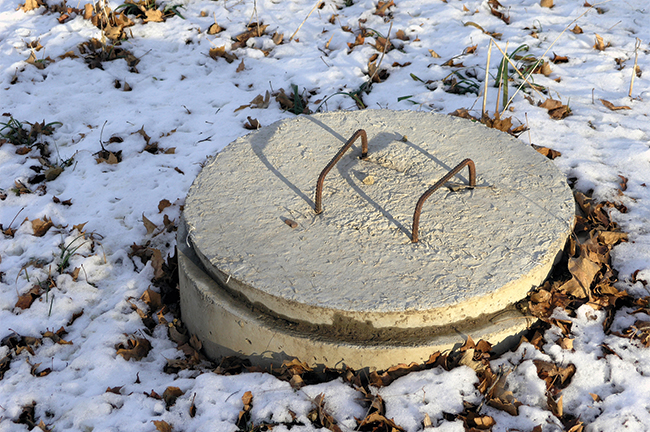
Installing a septic tank in winter requires careful planning and adherence to local regulations. Here are the 10 general steps to take when installing a septic tank in winter:
- Determine the appropriate location for the septic tank. This will typically be at least 10 feet away from the home and any other buildings, and away from bodies of water or slope.
- Obtain the necessary permits. You will need to obtain a permit from the local health department before installing a septic tank.
- Choose the size of the septic tank. The size of the septic tank will depend on the size of your home and the number of people living in it. A larger tank may be necessary if you have a large family or expect a lot of water usage.
- Excavate the site. Once you have chosen the location for the septic tank, you will need to excavate the site to make room for the tank. This will require the use of heavy machinery, such as a backhoe.
- Install the tank. The septic tank should be placed in the excavation and leveled to ensure proper operation. The tank should also be anchored to prevent movement.
- Connect the tank to the home. The septic tank will need to be connected to the home via a series of pipes. These pipes will transport the waste water from the home to the septic tank.
- Install the drain field. The drain field, also known as the leach field, is a series of trenches or beds where the effluent can be filtered and absorbed into the soil. The drain field should be located at least 50 feet from any water source.
- Backfill and grade the site. Once the septic tank and drain field are installed, you will need to backfill the excavation and grade the site to ensure proper drainage.
- Activate the septic bacteria. Septic tanks rely on bacteria to break down and digest the wastewater and solid matter. You can help to jumpstart the bacterial process by adding a bacterial activator to the tank. This can help to speed up the digestion process and ensure that the septic system is functioning properly.
- Test the system. After the septic tank has been installed, it is important to test the system to ensure that it is functioning properly. This may involve testing the water levels in the tank and observing the drain field to ensure that the wastewater is being properly absorbed into the soil.
For more information, contact Morse Engineering and Construction.
Source: ecotate.com
